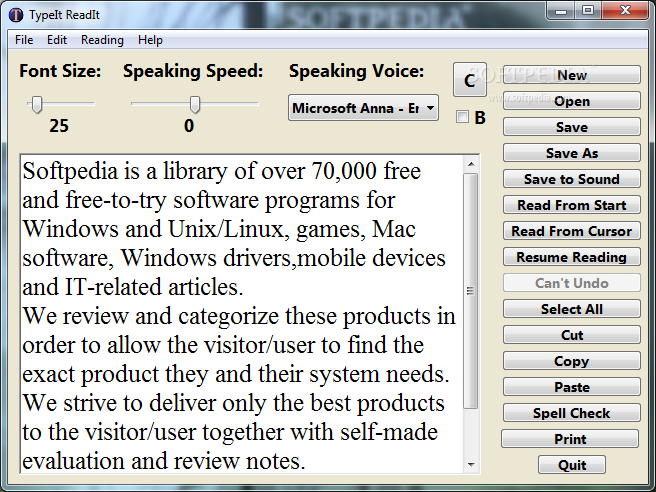



For this reason, Vatteluttu and the Grantha alphabet were sometimes mixed, as in the Manipravalam. Like Tamil-Brahmi, it was originally used to write Tamiland as such, did not have letters for voiced or aspirated consonants used in Sanskrit but not used in Tamil. Vatteluttu was in general use, but was not suitable for literature where many Sanskrit words were used. While Malayalam script was extended and modified to write vernacular language Malayalam, the Tigalari was written for Sanskrit only. This script split into two scripts: Tigalari and Malayalam. The Vazhappally inscription issued by Rajashekhara Varman is the earliest example, dating from about CE.Īccording to Arthur Coke Burnellone form of the Grantha alphabet, originally used in the Chola dynastywas imported into the southwest coast of India in the 8th or 9th century, which was then modified in course of time in this secluded area, where communication with the east coast was very limited. Malayalam was first written in Vattezhuthu. Both Vatteluttu and Grantha evolved from the Tamil-Brahmibut independently. However, the modern Malayalam script evolved from the Grantha alphabetwhich was originally used to write Sanskrit. Malayalam was first written in the Vatteluttu alphabetan ancient script of Tamil. It is written from left to right, but certain vowel signs are attached to the left the opposite direction of a consonant letter that it logically follows. Malayalam alphabet is unicaseor does not have a case distinction. The following are examples where a consonant letter is used with or without a diacritic.

To denote a pure consonant sound not followed by a vowel, a special diacritic virama is used to cancel the inherent vowel. The Malayalam script is a Vatteluttu alphabet extended with symbols from the Grantha alphabet to represent Indo-Aryan loanwords.Īn independent vowel letter is used as the first letter of a word that begins with a vowel. The modern Malayalam alphabet has 15 vowel letters, 42 consonant letters, and a few other symbols.


 0 kommentar(er)
0 kommentar(er)
